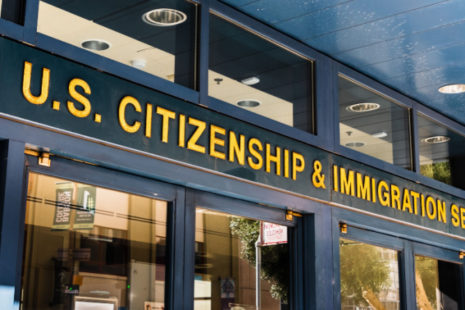The investigation of immigration fraud can involve various techniques and methods, depending on the circumstances of the case. Here are a few examples of how immigration officials might investigate:
- Document review: Immigration officials may review the documents submitted by an individual supporting their immigration application to verify their authenticity.
- Background checks: Immigration officials may conduct background checks on an individual to check for criminal history or other red flags.
- Site visits: Immigration officials may conduct site visits to verify that an individual’s claimed employment or residence is legitimate.
- Interviews: Immigration officials may interview an individual or their family members to verify information provided on an immigration application.
- Surveillance: Immigration officials may conduct surveillance on an individual suspected of committing immigration fraud to gather evidence.
- Undercover operations: Immigration officials may use undercover operations to gather evidence of immigration fraud.
- Data analysis: Immigration officials may use data analysis tools to identify fraud patterns or other red flags in immigration applications.
Overall, the investigation of immigration fraud can be complex and may involve various techniques and methods. Suppose you suspect someone has committed immigration fraud. In that case, it’s important to report the situation to the appropriate authorities, such as U.S. Citizenship and Immigration Services or the Department of Homeland Security.





